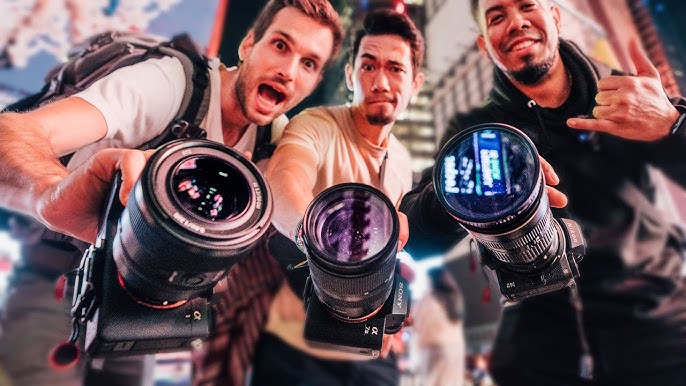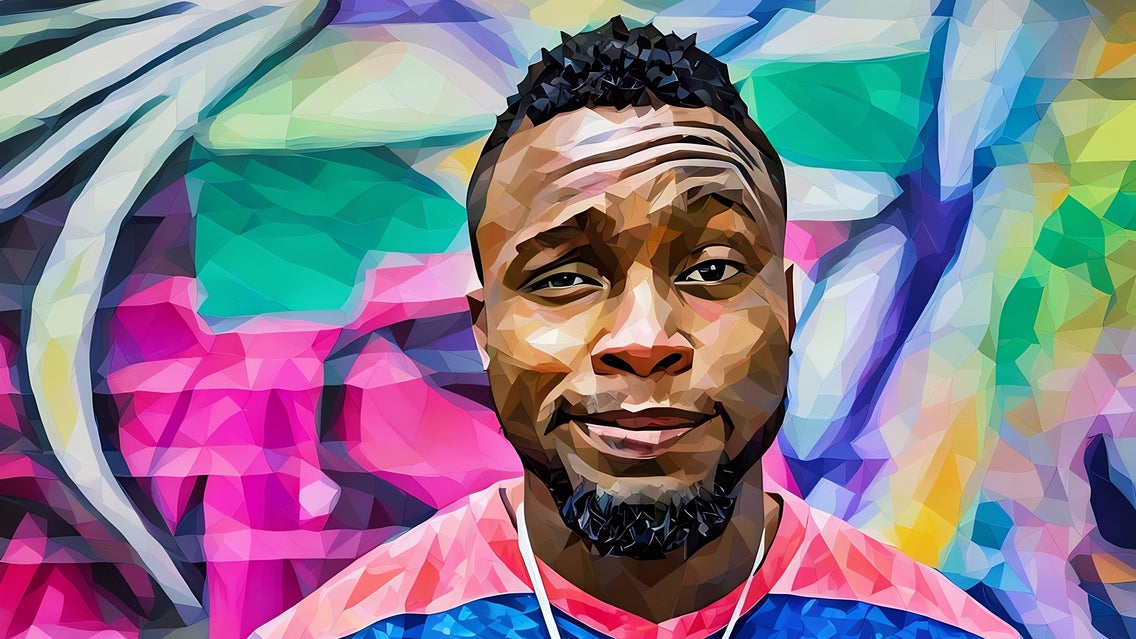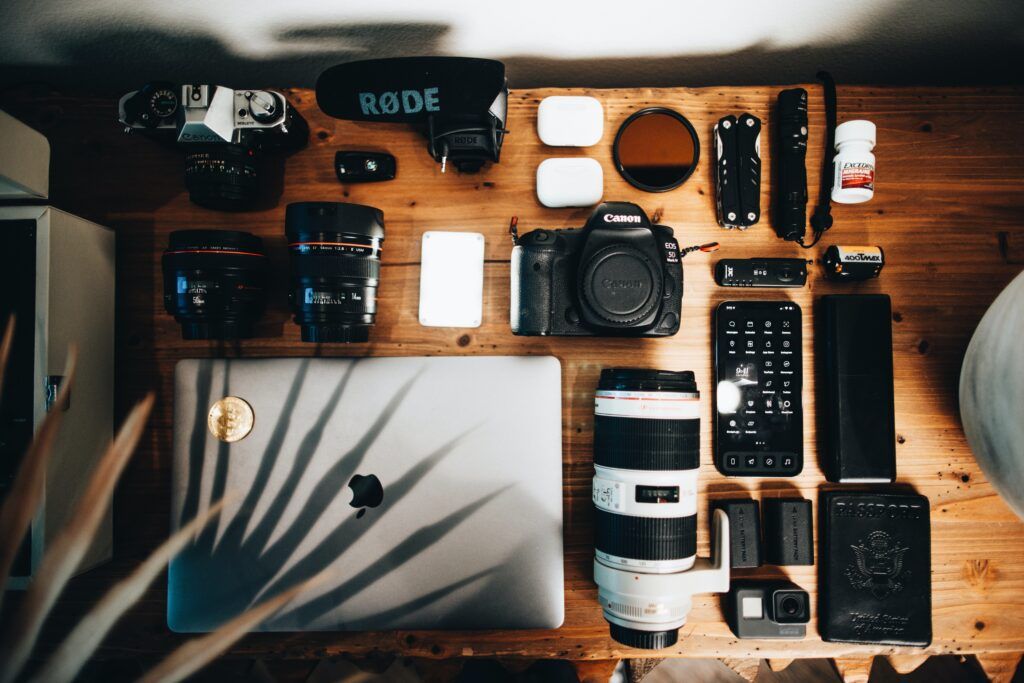Mastering the Art of Photography: Latest Trends and Essential Techniques

4-01-2025, 11:26 Admin 6 921 0
In a world continually revolutionized by technology, even the art of photography is not left untouched. The artistry has grown from its analog origins to embrace digital technology, offering a fresh scope for creativity and efficiency. This piece navigates the modern photography landscape, focusing on the latest trends and essential techniques that photographers should master.
The first trend triggering immense changes in the photography space is mirrorless cameras. Unlike traditional DSLRs that rely on mirror mechanisms to refocus light from the lens to the viewfinder, mirrorless cameras eliminate this step. The result? A significantly lighter, more compact photography tool that doesn't compromise the image quality. Mirrorless cameras also offer enhanced video capabilities, which resonates with the growing popularity of multimedia content in various industries.
Accompanying this hardware trend is the skyrocketing use of artificial intelligence (AI) in photography. Intelligence photo editing apps harness AI to perform complex tasks once limited to professionals. Basic AI capabilities include recognizing and enhancing specific photo elements, such as sky, water or plant life. More advanced applications can even retouch the model's face, practically making the photo ready for a magazine cover.
One essential technique to master in this new digital era is post-processing. The artistic process of photography no longer ends when you press the shutter. Learning to handle post-processing software such as Adobe Lightroom or Photoshop is a key skill for today's photographers. The marriage of composition skills and post-processing acumen opens a universe of possibilities for the photographer.
In addition to mastering these digital tools, mastering the art of drone photography has also become a recent trend, thanks to the increased accessibility and affordability of drones. The aerial perspective provided by drones offers photographers a fresh, unique angle, ideal for capturing extensive landscape shots or dramatic architecture.
However, as essential as these tools and techniques might be, the essence of photography remains the same - to capture a moment, a feeling, or an idea. No amount of technological advancement can replace this. Therefore, photographers should concentrate on the foundations of photography, such as composition, lighting, and storytelling.
Lastly, as digitization paves the way, photographers should not shy away from online learning platforms. Websites such as "MasterClass" or "Udemy" offer comprehensive courses on photography, ranging from beginners to advanced levels.
In conclusion, new levels of depth and creativity in the art of photography are ever so attainable today, thanks to the incredible blend of technological innovations and traditional techniques. The global photographic community eagerly awaits for the magic modern photographers can create using these resources at their disposal.
The first trend triggering immense changes in the photography space is mirrorless cameras. Unlike traditional DSLRs that rely on mirror mechanisms to refocus light from the lens to the viewfinder, mirrorless cameras eliminate this step. The result? A significantly lighter, more compact photography tool that doesn't compromise the image quality. Mirrorless cameras also offer enhanced video capabilities, which resonates with the growing popularity of multimedia content in various industries.
Accompanying this hardware trend is the skyrocketing use of artificial intelligence (AI) in photography. Intelligence photo editing apps harness AI to perform complex tasks once limited to professionals. Basic AI capabilities include recognizing and enhancing specific photo elements, such as sky, water or plant life. More advanced applications can even retouch the model's face, practically making the photo ready for a magazine cover.
One essential technique to master in this new digital era is post-processing. The artistic process of photography no longer ends when you press the shutter. Learning to handle post-processing software such as Adobe Lightroom or Photoshop is a key skill for today's photographers. The marriage of composition skills and post-processing acumen opens a universe of possibilities for the photographer.
In addition to mastering these digital tools, mastering the art of drone photography has also become a recent trend, thanks to the increased accessibility and affordability of drones. The aerial perspective provided by drones offers photographers a fresh, unique angle, ideal for capturing extensive landscape shots or dramatic architecture.
However, as essential as these tools and techniques might be, the essence of photography remains the same - to capture a moment, a feeling, or an idea. No amount of technological advancement can replace this. Therefore, photographers should concentrate on the foundations of photography, such as composition, lighting, and storytelling.
Lastly, as digitization paves the way, photographers should not shy away from online learning platforms. Websites such as "MasterClass" or "Udemy" offer comprehensive courses on photography, ranging from beginners to advanced levels.
In conclusion, new levels of depth and creativity in the art of photography are ever so attainable today, thanks to the incredible blend of technological innovations and traditional techniques. The global photographic community eagerly awaits for the magic modern photographers can create using these resources at their disposal.
Related News
Leave a Comment


